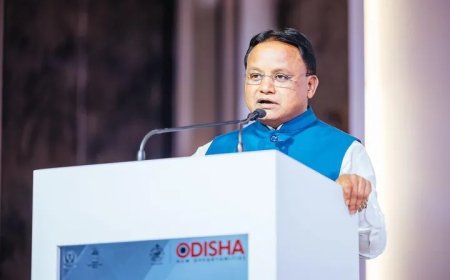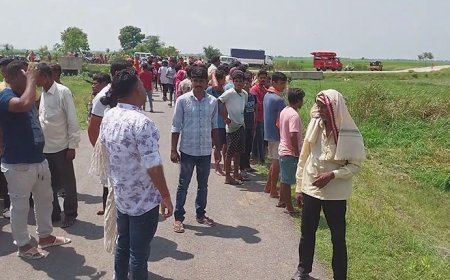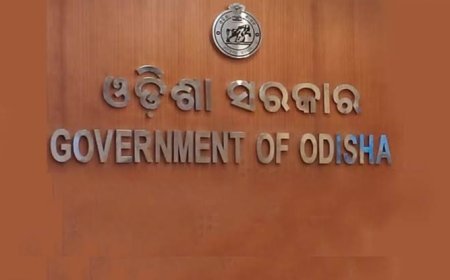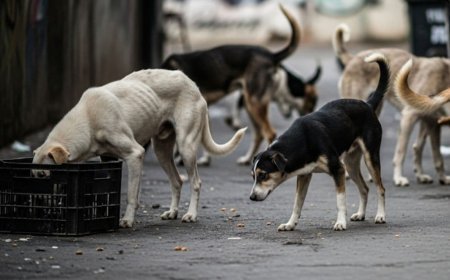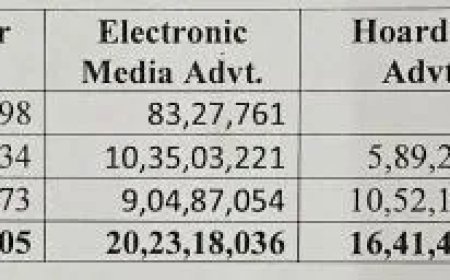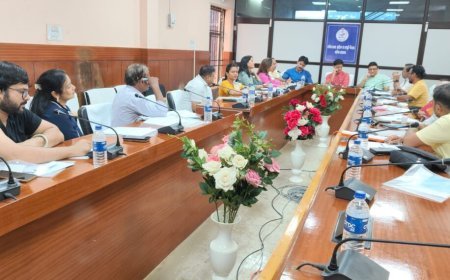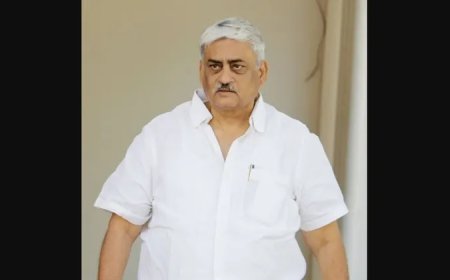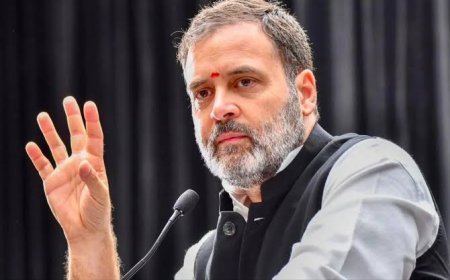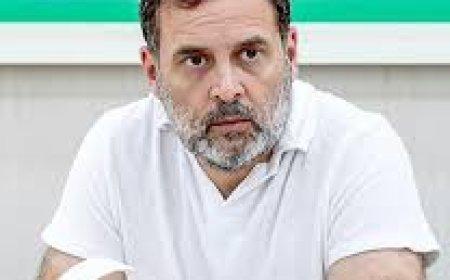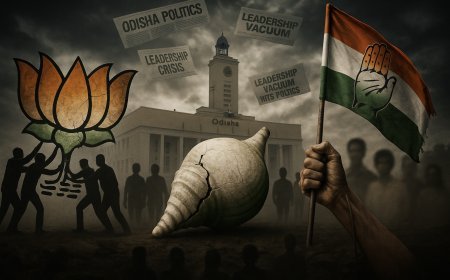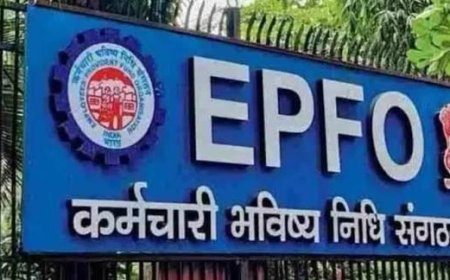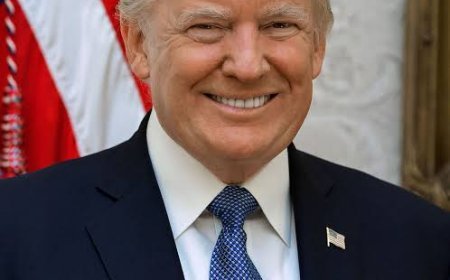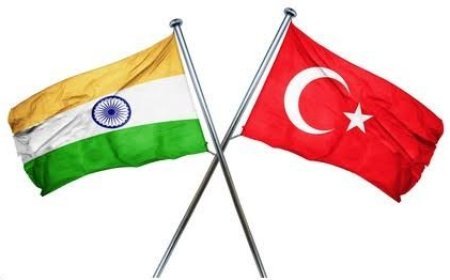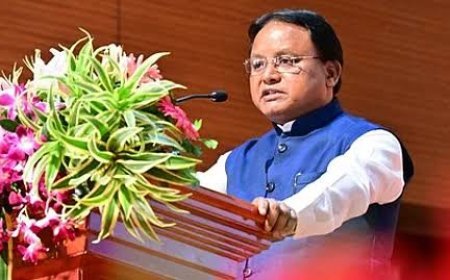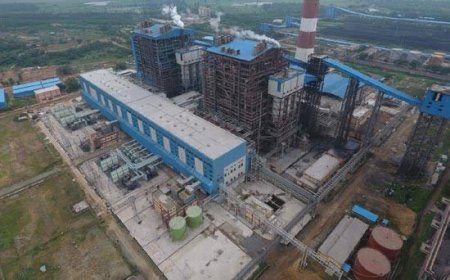Odisha’s Political Parties Face Leadership Problems in BJD, BJP, and Congress
Odisha’s BJD, BJP, and Congress are facing leadership crises, marked by succession uncertainty, internal rifts, and weak organization, posing major challenges ahead of the upcoming state and national elections.
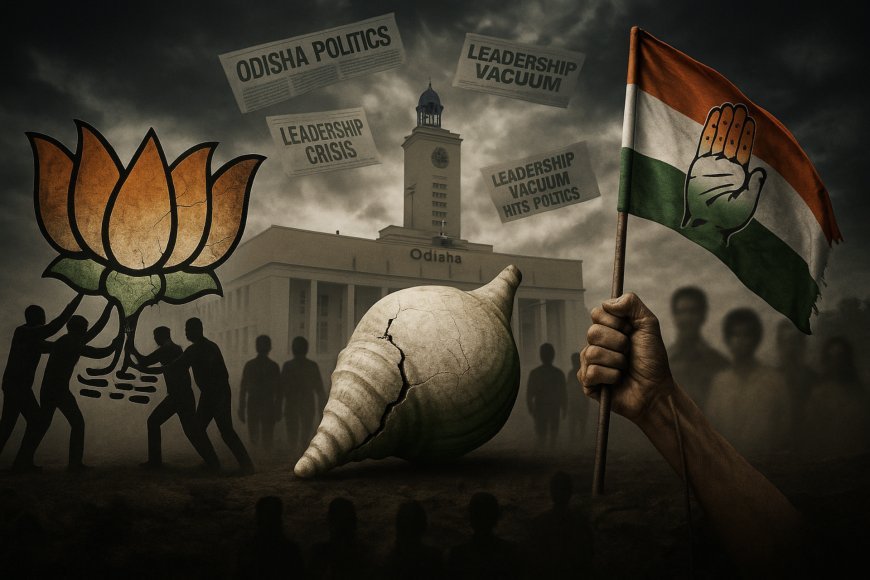
Odisha, a land revered for its cultural richness and socio-political diversity, finds itself in a state of uncertainty as it heads toward the next electoral cycle. The absence of robust and decisive leadership across the three major political players — the Biju Janata Dal (BJD), Bharatiya Janata Party (BJP), and Indian National Congress (INC) — has created a power vacuum that threatens to unsettle both party dynamics and voter sentiment. Citizens and political analysts alike are closely watching the unfolding developments, questioning who will rise to provide the vision and stability Odisha urgently needs. Stay informed with real-time political updates on Odisha Politics.
BJD's Succession Crisis: Struggling to Secure the Future
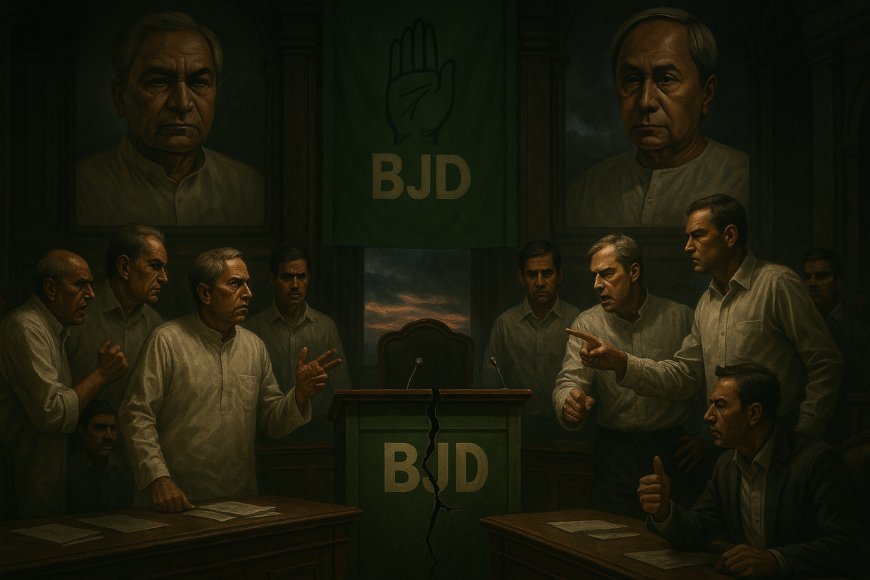
For over two decades, the BJD has been the dominant force in Odisha, largely owing to the steady leadership of Chief Minister Naveen Patnaik. However, as age and health concerns begin to cast a long shadow over his continued tenure, the party appears ill-prepared for a generational transition. Although Patnaik remains the symbolic and strategic centerpiece of the BJD, the lack of a clear succession framework has sparked internal unease and speculation. To follow detailed developments, explore Odisha Politics.
Amid this growing uncertainty, V.K. Pandian, once a trusted bureaucrat and now a full-fledged political actor, has emerged as a prominent figure within the BJD's power structure. While many applaud his administrative capabilities and loyalty, others raise concerns about the opaque nature of his rise and the concentration of authority in his hands. His influence is reshaping the party’s internal architecture, but not without resistance. Critics within the party worry that Pandian’s elevation lacks broad consensus, and that this could alienate long-time loyalists and weaken the party at the grassroots.
As Odisha inches closer to elections, the BJD faces the challenge of retaining public trust while navigating an uncharted leadership transition. Without a democratic and transparent roadmap for succession, the party risks not only internal fragmentation but also losing its electoral edge. For ongoing insights into Odisha's shifting political narratives, visit Odisha Politics.
Odisha’s BJP: Still Searching for a Voice That Resonates Locally
The Bharatiya Janata Party, emboldened by its national successes, has long sought to strengthen its foothold in Odisha. Yet despite concerted efforts and strong backing from its central leadership, the party continues to struggle with defining its regional character. A coherent, homegrown leadership — essential for connecting with local voters — remains conspicuously absent. This lack of charismatic and rooted leadership is impeding the party’s ability to build long-term rapport with the state's diverse communities. For deeper regional analyses, check Odisha Politics.
Over the years, the BJP has managed to expand its electoral footprint in certain pockets of the state. However, internal factionalism and leadership rivalries have diluted its momentum. Many state leaders jostle for recognition, but none have succeeded in emerging as a unifying figure capable of mobilizing the masses. Additionally, the party’s centralization of power often leaves the state unit reactive rather than proactive.
Odisha's political ecosystem is driven by local nuances — tribal representation, linguistic identity, and regional pride. Without a leader who understands and embodies these aspects, the BJP risks alienating the very electorate it aims to attract. A strategic recalibration is essential if the party hopes to translate its national brand into regional relevance. Get a closer look at this unfolding narrative at Odisha Politics.
The Congress Collapse: Lost in Transition
Once a political juggernaut in Odisha, the Indian National Congress is now reduced to playing a marginal role in state politics. Plagued by a leadership crisis and organizational stagnation, the party has lost touch with its grassroots network. Long-serving leaders have either exited or retreated into silence, and efforts to cultivate new leadership have failed to inspire confidence. Dive into the current political scenario at Odisha Politics.
The Congress’ woes are not limited to a lack of charismatic leadership. The party's ideological confusion and policy ambiguity have further contributed to its downfall. Without a compelling narrative or a roadmap for Odisha’s development, the Congress appears directionless. Internal divisions have only deepened the party’s decline, with many workers disillusioned and unsure of the party's relevance in today’s political landscape.
Although a few young leaders have attempted to rejuvenate the Congress, their impact remains minimal without cohesive support from the top. In the absence of clear vision and dynamic leadership, the party is failing to reestablish itself as a credible alternative in Odisha. Track these political dynamics on Odisha Politics.
Odisha’s Electorate: Trapped in a Leadership Void
The collective leadership vacuum across Odisha’s major parties has left voters in a bind. With no party offering a clear, dynamic, and forward-looking leadership, public confidence is beginning to erode. The electorate is now faced with the possibility of casting their vote not based on hope or vision, but by choosing the least problematic option — a troubling sign for a democracy that thrives on public participation and policy-driven discourse. Learn more about voter sentiment at Odisha Politics.
This leadership crisis is not merely a political concern — it impacts governance, development, and accountability. The lack of credible leadership creates policy inertia, weakens institutional checks, and diminishes the government’s ability to respond to public needs. Furthermore, the erosion of trust in political institutions can discourage civic engagement and drive voter apathy, especially among the youth and first-time voters.
If left unresolved, this vacuum could lead to unpredictable election outcomes, coalition instability, and governance paralysis. Odisha's future will depend largely on whether political parties can step up, recalibrate, and reconnect with the aspirations of its people. For updates on voter behavior and party responses, follow Odisha Politics.
Time for Reinvention: What the Future Demands
The situation in Odisha is not beyond repair, but it requires urgent introspection and transformative action. For the BJD, this means institutionalizing a clear and democratic succession process that balances experience with emerging talent. The BJP must invest in nurturing indigenous leadership that resonates with Odisha’s cultural and social sensibilities. As for the Congress, a complete overhaul of strategy, communication, and grassroots mobilization is vital if it wishes to regain relevance. To explore potential solutions being discussed in political circles, read more on Odisha Politics.
Each party has the opportunity to reinvent itself — but time is not on their side. The electorate is watching, and the patience of the public is wearing thin. With increasing awareness, digital access, and political literacy, Odisha’s voters are no longer passive recipients of party propaganda. They demand clarity, vision, and integrity from their leaders.
The coming months will be crucial in shaping the state’s political future. Will Odisha witness a revival of leadership? Or will the current vacuum deepen, leading to political fragmentation and voter disillusionment? The final verdict rests with the electorate — and the unfolding of time. Stay engaged with detailed political coverage on Odisha Politics.
What's Your Reaction?







